Homeoblock™ & DNA Appliance®
Myobrace® & Healthy Start™ For All Ages
Advanced Lightwire Functional Appliance (ALF)
Maxillary Skeletal Expansion (MSE)
Biobloc Orthotropics
Dr. Roca has spent many hours learning about all of the different expander methods to be able to provide you with a wide variety of treatment choices.Not every patient fits into a perfect mold for one type of appliance. Everyone has different symptoms and concerns and we work hard at Arlington Smile Center to make sure we help you pick which option would be the best fit for you.

Children
As early as age 4, removable or fixed expanders may be needed in children that do not have enough space between their baby teeth. Each child should have enough space to fit a nickel between each tooth. This space will give them the room they need for the adult teeth to have room to erupt as early as 5 years old.
Adults
There are seven sutures that connect the cranium to the maxilla and face that do not BEGIN to fuse until age 68 to 72. So the myth that adults are too old to expand is false. We use removable appliances on adults and turn once a week for adult cases.
Indications for Adult Removable Expanders:
- Unilateral posterior crossbite
- Bilateral posterior crossbite
- High-vaulted roof of the mouth
- Sleep apnea diagnosis
- Severity of medical symptoms
- Beyond Invisalign® capability
The purpose of the expander is for maxillary development, airway development, palatal vault remodeling and increasing tongue space. It can also help us with TMJ (temporamandibular joint) cases.
Epigenetic orthodontics can open and protect the airway, enhancing breathing both during sleep and waking activities. Dr. Roca practices a philosophy that integrates airway into all diagnosis and treatments. Dentistry has traditionally not considered the airway when planning dental treatments. Fortunately, today, there is a rapidly growing movement that now recognizes how dentistry can have an impact on the airway, which affects breathing during sleep. If dental treatments, including TMJ, orthopedics, and orthodontics are well planned, the result can be that the airway is protected or even enhanced. There is a clear link between underdeveloped and retruded jaws, and narrow dental arches that put a patient at risk for sleep-breathing disorders.
Please visit this site for more information: Airway Health






During expansion treatment or any orthodontic therapy we want to make sure we can keep your body from locking up and that we keep your sutures mobile and always in a neutral position.
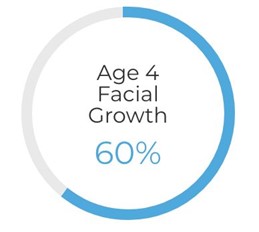
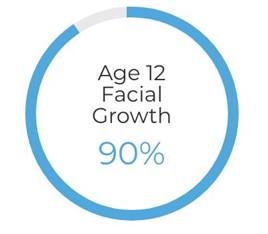
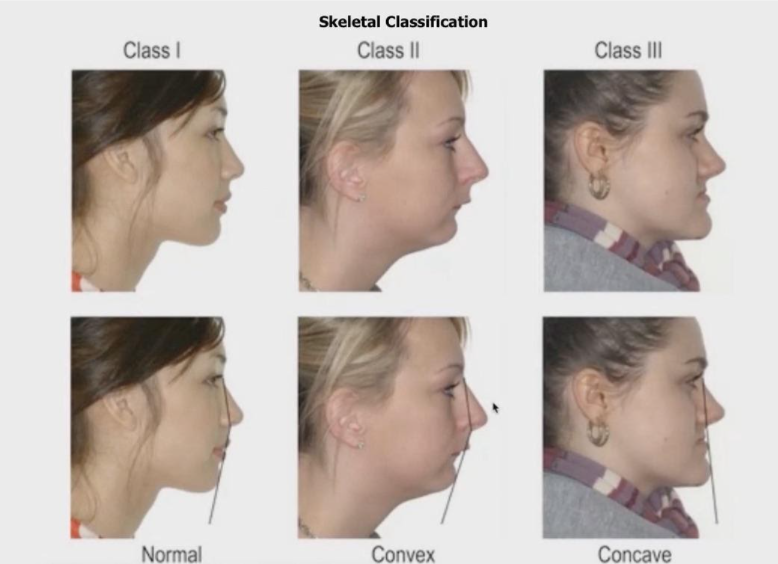
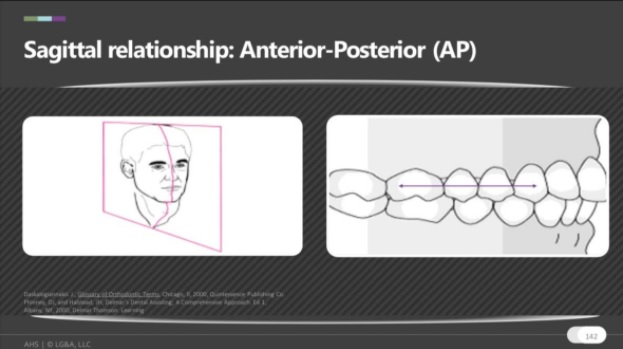
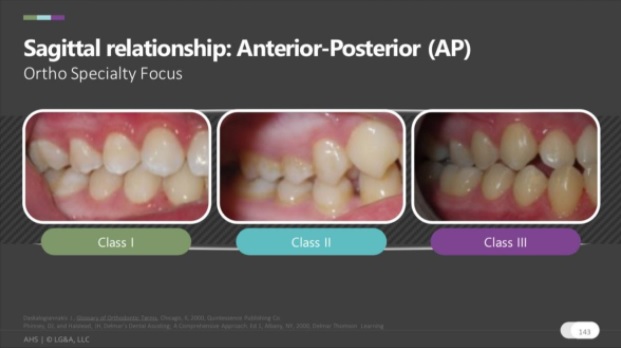
3 Options to Fix the Class III Dental Maloclusion Growth Problem
If a patient has a class III bite, meaning the lower jaw is growing or has grown in front of upper jaw, our office can provide three options in order to avoid jaw surgery to correct this malocclusion. To start with, we can do removable or cemented-in-place expanders with many designs. Below, you can see three options we offer to correct the underbite depending on the patient’s age and degree of their Class III classification.
In our office, we will never want to retract the lower jaw since that would narrow the airway. We will never recommend removing permanent teeth.
Option 1
The ideal option is start at an early age with the Myobrace™ I-3 to move the upper jaw forward. Often, we do Myobrace alone or combine it with an Alf depending on child and their symptoms
Pros:This treatment guides newly erupting teeth into the proper position, naturally round out the arches, improving sleep and nose breathing. It also teaches the correct way swallow and a lip closed posture.
Cons:This treatment might not be enough and we may need to implement another treatment at the same time as Myobrace.
Photo of our patient
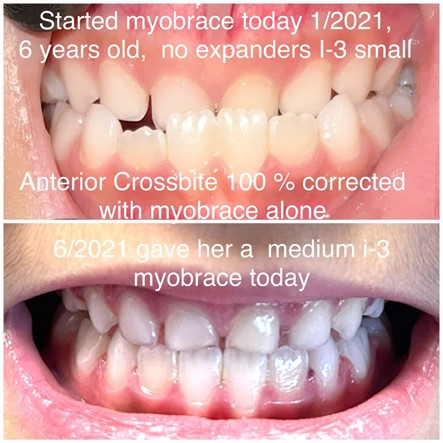
Option 2
The upper expander is connected to the back molars and is cemented in place using reverse pull headgear that should be worn 16 hours a day or longer. Option 2 may be a good choice depending on age of the child and the severity of the Class III skeletal classification.
Pros: No implants are needed and there is no pain. However there may be some just very mild discomfort. It is less expensive than an MSE, expander and is easier for dentist to place. It is also easier for patient to tolerate and normally, they Myobrace is all they need at the end of the treatment to align the teeth.
Cons: This treatment takes longer. It will improve nasal breathing and sleep but not as quickly. If we do this after age 10, the palatal suture does not split down the middle. The expander is in mouth longer than with MSE. The facemask is used longer, and usually results in 1 millimeter of protraction a month in a child 10 years of age and under if the child wears reverse pull face mask 16 hours a day. If patient wears it less than 16 hours a day it takes much longer. If the child is older than 10 we may only need to turn expander two to three times a week. Some dentists maintain that in a child over 10-12 the treatment may result in tipping the teeth. Depending on severity of the condition, more than one expander may be needed.
Our patient Bruno gives a testimonial and his photos
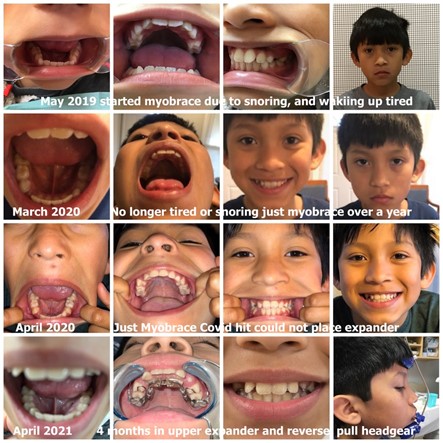
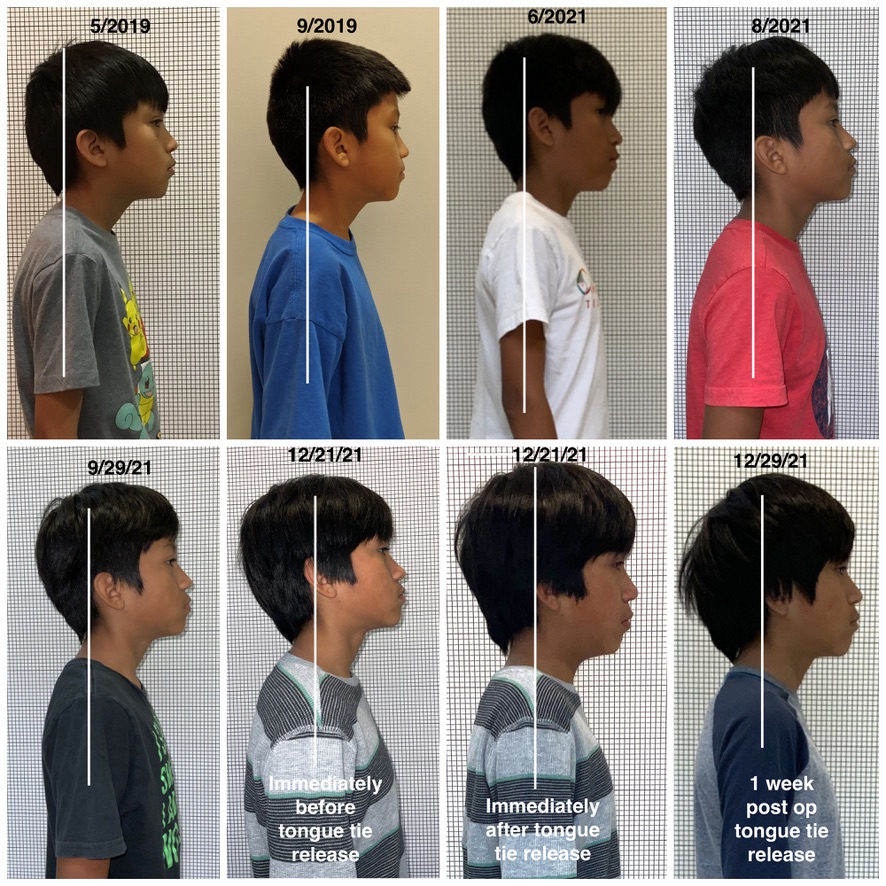
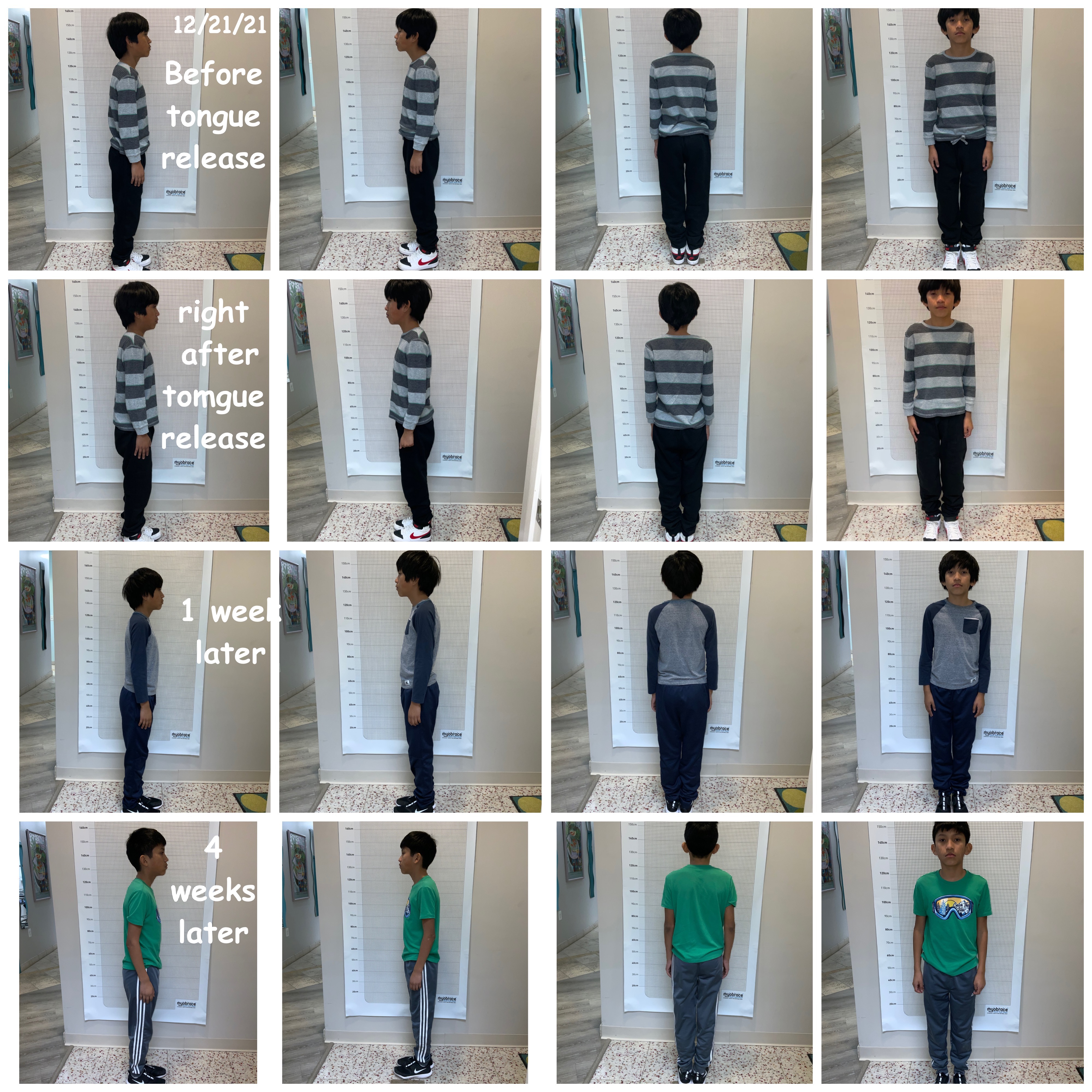
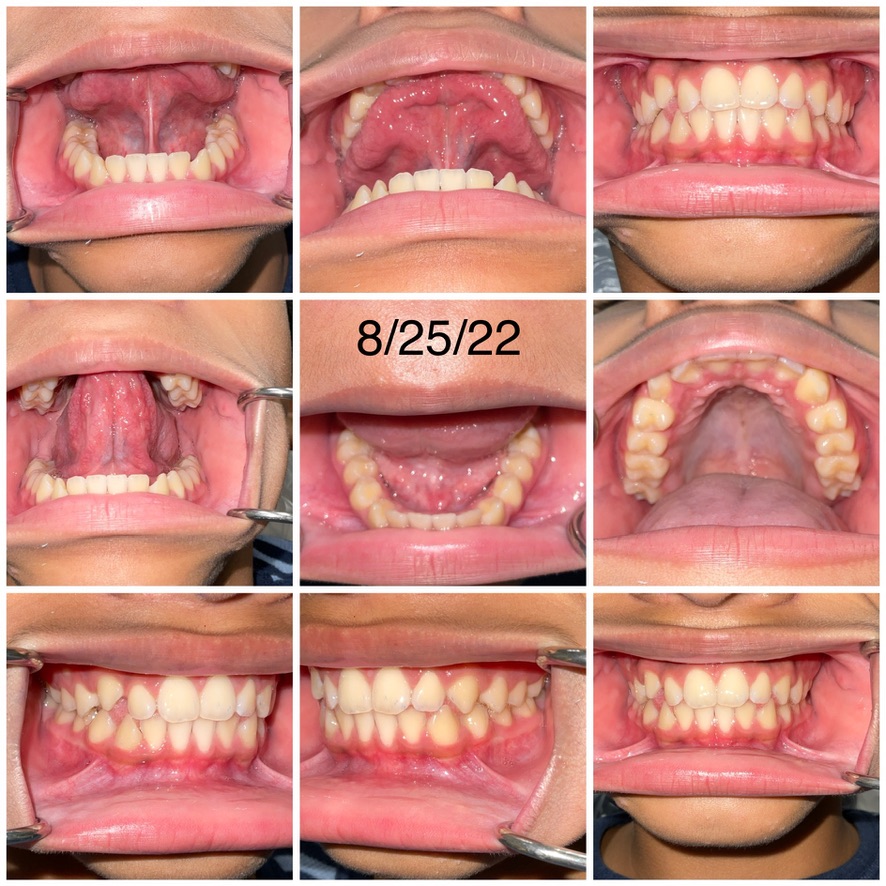
Option 3
The upper expander is connected to TAD implants (4 micro-assisted mini-implants). This placed in the roof of mouth to split palate with a fixed expander that connects to a reverse pull face mask.
Pros: This treatment may be quicker, depending on each patient and how often headgear is worn. It will improve nasal breathing and sleep. The palatal suture can create an even split. The appliance needs to be turned more often to open and close palatal suture. There is less chance of tipping the teeth.
Cons: This treatment more expensive and invasive, and could create more discomfort. The patient will need braces or Invisalign® to align teeth and we can use Myobrace at same time as braces or Invisalign.
Below you can see an example of a lower expander and an upper MSE expander with hooks for the reverse pull face mask. You can learn more about MSE here.
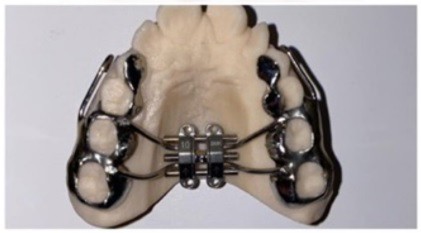
Call for a consultation at 703-237-7622 to determine if you or anyone in your family is a candidate for any of our orthodontic options.
